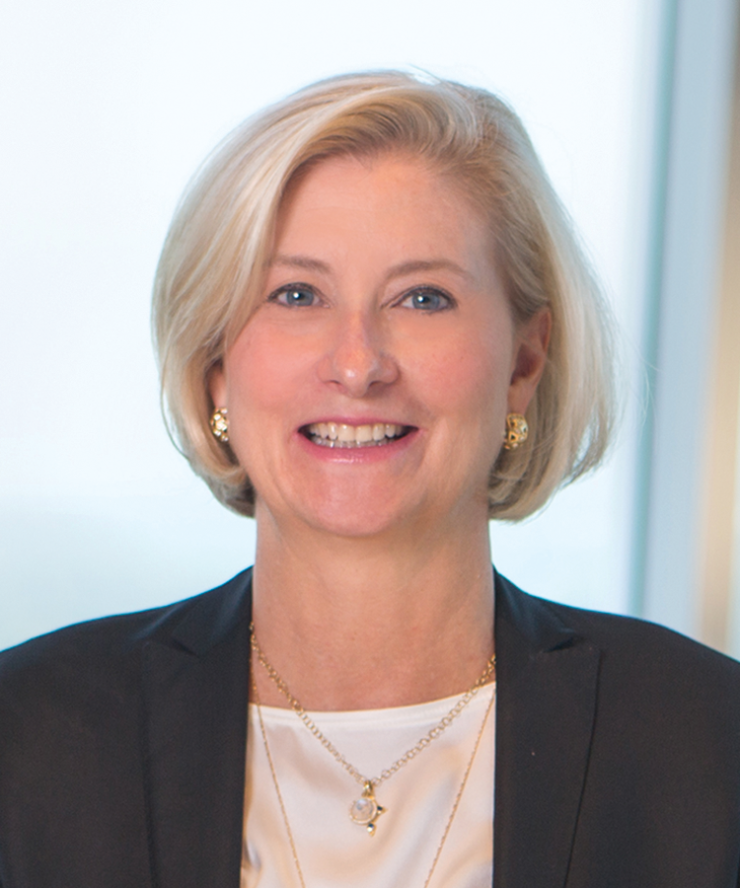Barings issued its 100th managed collateralized loan obligation (CLO) in July, bringing its CLO-asset total to more than $44 billion, a quarter century after its first CLO was completed in 1998 by predecessor First Union Institutional Debt Management (IDM).
The $403 million transaction, led by BNP Paribas, is a middle-market deal securitizing private credits, a rapidly growing segment in 2023's otherwise sluggish CLO market. Later in August, the asset manager, with total assets-under-management of $351 billion, priced a $509 million CLO securitizing broadly syndicated loans (BSLs) from large corporate borrowers that was led by Morgan Stanley, which also arranged a $362 million BSL CLO for Barings in February.
Barings completed a $453 million BSL CLO in May led by Bank of America. It now manages $12.5 billion of BSL CLOs in the U.S. and $5 billion in Europe. It also manages $2 billion middle-market CLOs and $25 billion of investments in third-party CLOs.
In mid-July, Barings announced entering a strategic partnership with Lakemore Partners, a private credit investment firm that invests mostly in super-majority control CLO equity. The partnership aims to promote continued growth of Barings' managed CLOs while deepening Lakemore's institutional client base.
Adrienne Butler, co-head of Barings' U.S. high-yield investment group and head of U.S. CLO funds, responsible for new CLO marketing and formation as well as existing CLO portfolio management. She recently spoke to Asset Securitization Report about developments in the U.S. CLO market and where it may be headed. Prior to joining Barings in 2002, she was a senior analyst at IDM's loan research group.
Asset Securitization Report: CLO volume fell sharply in the Q2. What is your outlook for the rest of the year?
Adrienne Butler: Leveraged loan volume is down 30% year-to-date and CLO new-issuance volume by a commensurate amount. Refinancings and amend-to-extend transactions account for a lot of activity in the new issuance loan market , given the economic backdrop is not conducive M&A [and the resulting new loans]. However, we've seen a bit of new loan activity in August, usually a slow month. Nobody has a crystal ball, but we may see a second-half rally.
There's also a larger CLO pipeline, and new issue loans are attractive to put in warehouses for new CLOs, creating demand for those loans. Even if the new-issue loan is a refinancing or amend-to-extend, it could translate into new paper for new issue CLOs, because some of the older CLOs are past their reinvestment periods and can't purchase some of these refinancings.
ASR: Has there been improvement in the arbitrage between CLO assets and liabilities, which has been tight over the last year and a challenge for CLO equity investors?
Butler: The straight up arbitrage between assets and liabilities has been a challenge, given wider liability spreads, but there's also been weakness in loan prices that has provided an opportunity to buy high quality, discounted loans and create an attractive vehicle for equity—the "pull-to-par" strategy.
Pricing for AAA CLOs has widened more than 50 basis points in the last couple of years, but more recently AAA pricing has tightened somewhat. That has improved CLO arbitrage and led to an increase in new CLOs and loan prices to be bid up.
ASR: What has prompted that?
Butler: I would attribute that to an increase in the CLO buyer base, and maybe also some pent-up demand. We have seen pockets of opportunistic AAA buying that have contributed to AAA demand, and we've seen some Asian bank buyers who have grown comfortable again with the market.
ASR: What other developments have you seen this year?
Butler: We've seen an uptick in the number of CLO resets. We saw a number of deals issued in 2022 at peak spreads, and now they're able to come to market and reset at more attractive levels and create very positive returns for equity holders. That could put some pressure on the pure new-issue CLO market.
ASR: Middle-market CLOs securitizing private credit have seen more rapid growth than BSL CLOs. What's driving that?
Butler: Our data suggests that the middle market was about 9% of the overall CLO market historically, and in 2023 it's close to 19% of the new issue market. In part it is a balance-sheet trade for private-credit shops—a way to manage their balance sheet more efficiently by securitizing a portion of private credit and freeing up capacity for additional lending. There's also been more understanding and acceptance of private credit by investors, so they've been attracted to middle-market CLOs that are coming at wider spreads.
ASR: Middle-market CLOs require more due diligence, so do they attract a different kind of investor?
Butler: They do require more due diligence, and we have seen more and more BSL investors crossing over and investing in both.
ASR: How does Barings view the banking regulators' proposal in late July to revamp bank capital charges and potentially lower capital charges for AAA CLOs?
Butler: For now it seems like a positive development that could stimulate bank demand for AAA CLOs in the long term. Interestingly, the regulators are also proposing higher charges for some CLO mezzanine tranches, so that could adversely affect lower parts of the CLO stack, although banks are less likely to invest there.
ASR: Where do you see CLO market challenges looking ahead?
Butler: There is a fairly sizable portion of CLOs ending their reinvestment periods over the next 12 to 18 months—I've seen numbers approaching 40%. So we may see a decrease for the demand for loans going forward. Given that CLOs comprise up to 70% of the leveraged loan buying base, that could have a broader impact.






